#spec evo
Photo
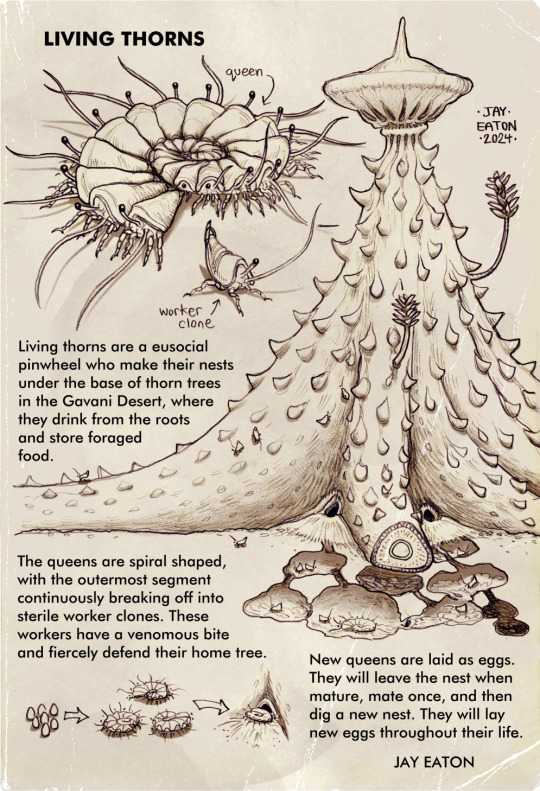
Simon Roy (@simon-roy) asked me to invent a guy (alien organism) for his newest book, Refugium, which comes with a guy emporium (alien life guidebook). There's a kind of radially symmetrical bug called pinwheels on the planet that will split into wedges as a defensive mechanism, so I Junji Ito'ed them into a eusocial spiral that workers snap off of once "ripe."
Refugium is out on Kickstarter right now and if you like alien ecology, failed utopias, and frontier stories I can highly recommend it. I've greatly enjoyed the previous books from the same universe.
#speculative biology#speculative evolution#spec bio#specbio#spec evo#specevo#scifi#hard scifi#aliens#alien#refugium
968 notes
·
View notes
Text


Yuna fending off an unwanted suitor.
She became a target a lot since she was alone, which is very unusual for a female sea-drake.
I couldn’t decide on a color for the background clouds so you get both.
67 notes
·
View notes
Text
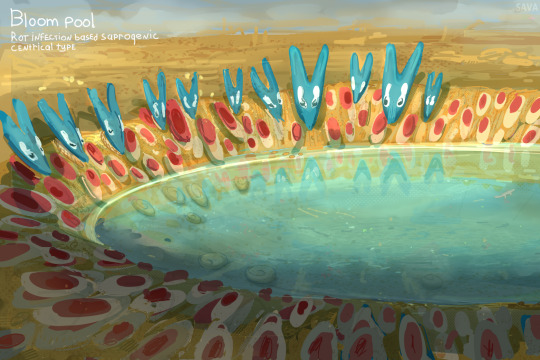
Sinedenian Bloom Pools
Rot Rings or Bloom Pools are common temporary microecosystems on Sinedey that can be found throughout foam grass biomes. They form due to the sudden mass death of a specific spot on the mat of foam grass, which can occur for a number of different reasons, such as rot, infection, fire, lightning strike, aggressive grazing by animals. Such scars on the mass of grass heal at a slower rate, since the fight of the grass mat against necrosis can drag on for up to several months. This allows water to accumulate in the crater formed, giving rise to isolated communities of organisms.
Here is a saprogenic centric type formed by a rot infection. In rot rings filled with water, colonies of moisture-loving parasitic heliophytes of all colors and shapes quickly appear, as well as small populations of aquatic plants and creatures that feed on dead tissues of foamy grass. Such organisms are adapted to life in highly acidic water.
This is just one type of rotten rings; there are also larger rotten rings of various shapes and depths, unfilled with water, with unique communities of organisms, different levels of water acidity, or with a longer period of existence. This interesting phenomenon of the planet has particularly attracted the interest of many ecologists, researchers who even “hunt” for them in search of new unique types.
62 notes
·
View notes
Text

REFUGIUM (the Griz Grobus Sequel) IS NOW LIVE ON KICKSTARTER!
REFUGIUM is a hardcover sci-fi graphic novel about a scribe and a trapper, who find themselves going up-river into the northern wilds of Altamira - in search of a monster. Featuring over a hundred pages of comic art, a 20+ page guidebook to the alien life of Altamira by @jordankwalker , and an additional 30+ pages of alien life artwork from artists like @turndecassette2 @jayrockin @cmkosemen @alexriesart @iguanodont and many more...
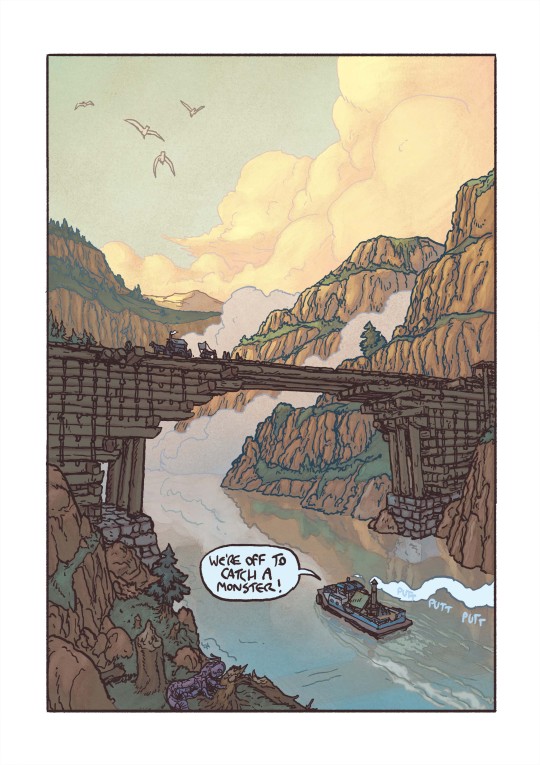

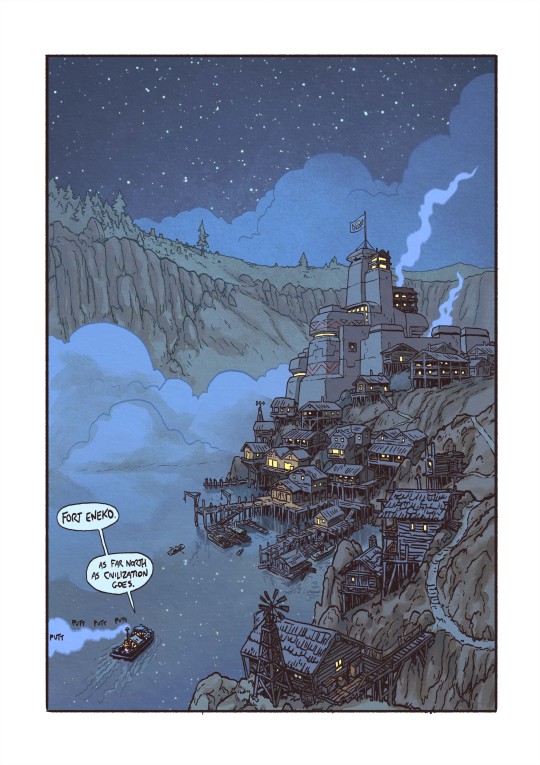


Take look HERE at the campaign, and prepare yourself for immersion into a world both alien and familiar...

#simon roy#comics#griz grobus#habitat#scifi#kickstarter#sciencefiction#image comics#miramar#specbio#speculative worldbuilding#speculative zoology#speculative fiction#speculative biology#spec bio#speculative evolution#xenobiology#spec evo#selfpublished
29 notes
·
View notes
Text

h orse
21 notes
·
View notes
Text
so the Spouse and I like to have a lot of verbal discussions about the universe where the asteroid didn't hit. mainly spec evo stuff. what would evolve into what, that kind of thing. we know we're not alone in that.
we maintain that humans evolved alongside some pretty terrifying mammalian megafauna, so why not dinosaurian? so what would a realistic sapient ape in a dinosaur world be?
it's taken some thinking, but:
wookies.
we'd be wookies.
no need to leave the trees, the grass would be very unsafe if it evolved the same
no need to leave the trees, we remain furry
we could build tree houses and other structures, in the trees, to stay out of the range of predators
that's. just wookies. that's just the wookies.
6K notes
·
View notes
Note
if youre still taking requests - Draw a cool species youve seen in the spec bio community mayhaps?

Enamoured by @sparrowlucero's space whales
#they're so fun#i love their gnarly teeth and fins. sick as hell#doodle requests#my art#art#spec bio#speculative biology#alien#spec evo#sketch
2K notes
·
View notes
Text
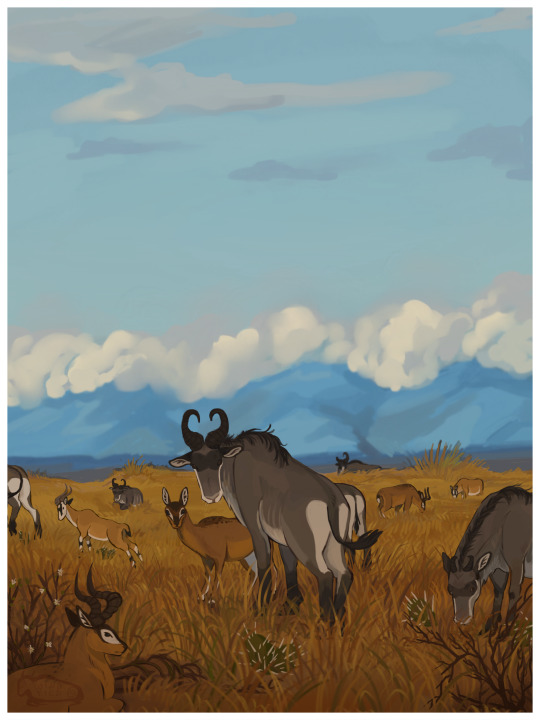
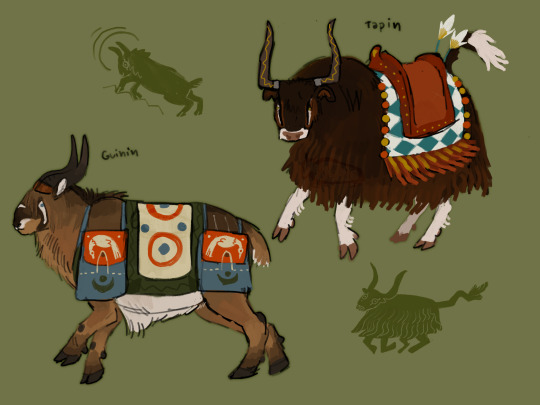
Some bovids of Lishel.
The western savanna is home to Keerso, Vans impala and, Tapper impalas. Keerso are one of the most populous animals in the area, leading to herds being domesticated for meat. Vans impala are seen as blessed animals, and killing them is looked down on.
The mountainous eastern coast is home Guinin, and Tapin. Both have been domesticated, wild populations still exist naturally. Guinin are often used in hauling due to their hefty builds. Tapin are fast, and sure footed. They can jump along tough terrain with ease and are often used for general transport. These species as historically important to the area.
#sokiin#illustration#worldbuilding#original species#speculative biology#concept art#spec bio#speculative zoology#spec evo#speculative evolution#bovidae#painting#ungulates
1K notes
·
View notes
Text
“Mininykus”, my little speculative alvarezsaurid guy



Basically a tiny version of mononykus haha. I am not like a skeleton person so if I mess up in that diagram then feel free to critique it
It is a nocturnal desert dwelling theropod, with a very short stature. Only about 6-9 inches tall. It is a predator, and mainly hunts during the night. It feeds on insects, grubs, and small reptiles. They dig shallow burrows in dirt mounds, where they sleep during midday to avoid the heat. Their large eyes and whiskers aid in helping them transverse their dark environment.
It is sort of based on a jerboa, but it can’t hop. They are very good at speedwalking though.
Edit: I see some new mininykus enjoyers! Reminder that mininykus has its own tag (#mininykus) with more art and speculation!
#paleoart#speculative biology#speculative evolution#spec evo#mononykus#dinosaurs#palaeoblr#paleontology#art#my art#creature design#CathChicken#mininykus
5K notes
·
View notes
Text
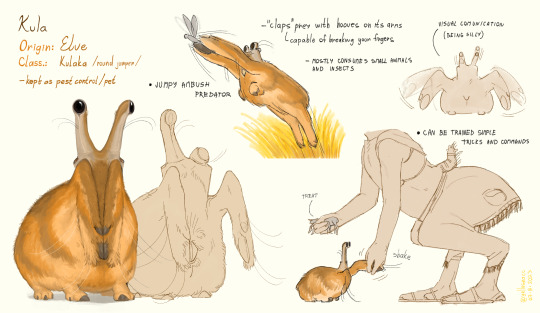
Kula!
A popular domesticated animal of slomen.
Kula are adapted for grassy areas with lots of small prey. In the wild, they either jump after flying or jumping prey or wait at burrows before smashing their prey with their hooves. If the smash isn't enough they hold it to their beak and finish it. Some species are more specialized to wait while others to jump. The domesticated Kula is speculated to be one of the more energetic hunters, mostly interested in 'insects'.
In ancient times wild Kula were attracted to sloman settlements as they would also attract prey with the slomans' food and light.
The slomen would soon learn that Kula were not pests since the wild animals were yet to be spoiled by premium meat cuts and preferred fresh moving meat that the slomen didn't want around.
In current times many cultures keep these animals as pest control on farms and in larger houses. They can be commonly seen in underground rooms that serve as food storage but for a healthy mental state, they need time on the sun.
While in the wild they are usually solitary or in small groups, Kula have a complex body language that they use to express their mood and/or needs. This can be very cute and funny, helping them become as loved as they are.
Many owners will grow to care deeply for their Kula but some cultures recognize them directly as pets. In the high-ranking societies of these cultures, pet Kula get even rounder. Often a certain trait is popular in a culture, resulting in localised breeds with different shapes and colors.

Some little goober possibilities - not entirely canon
In a few places, Kula are also part of a religion and have their own shrines.
#art#speculative biology#artists on tumblr#digital art#artwork#worldbuilding#speculative evolution#fantasy#spec bio#original alien species#original species#spec evo#speculative zoology#xenobiology#domesticated animals#slomen
2K notes
·
View notes
Text
If Wompers from my project (Land Of Borease) where selectively bred like todays dog breeds.
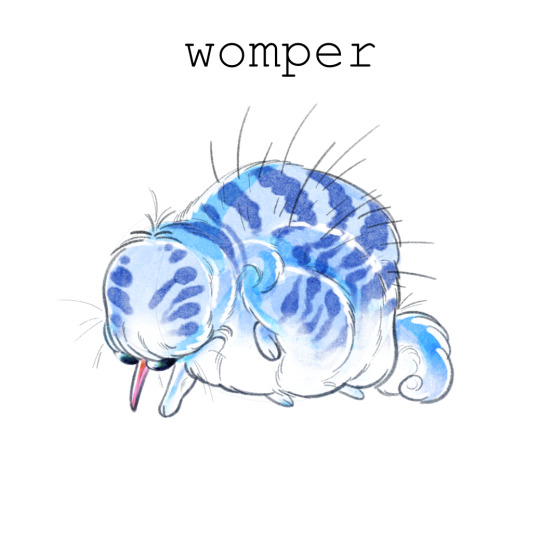
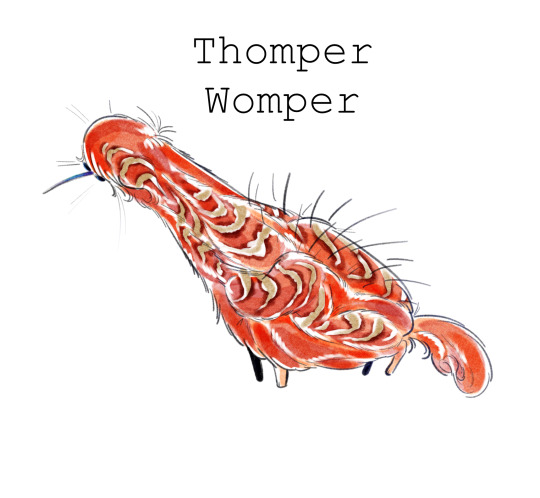


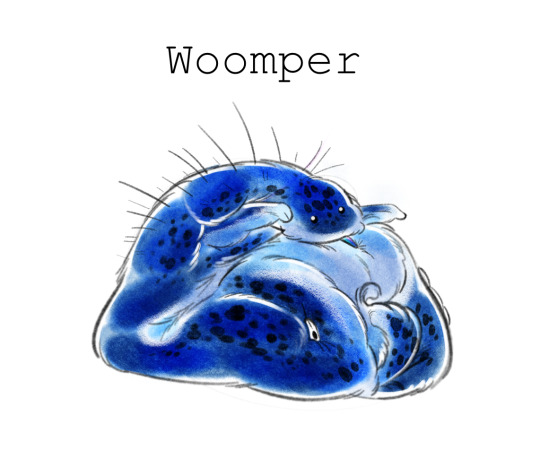
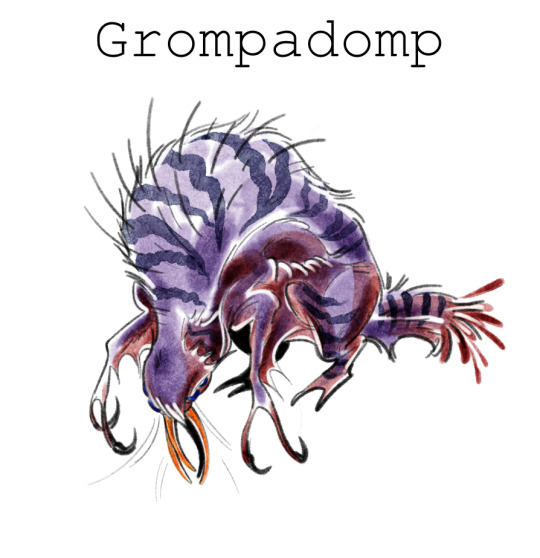
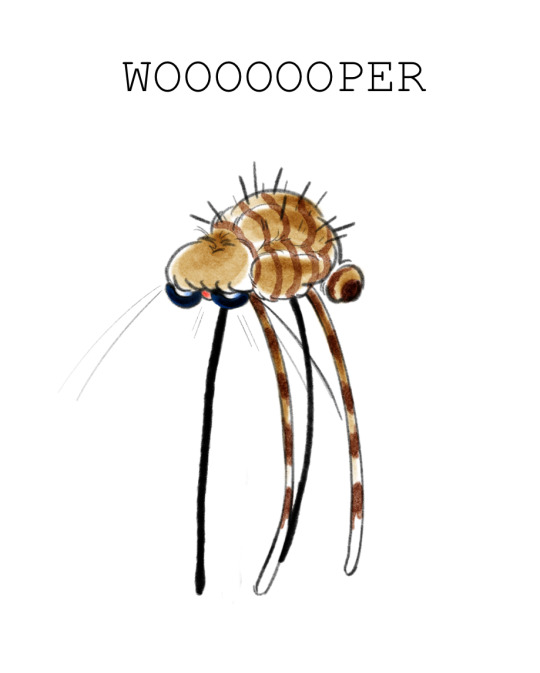
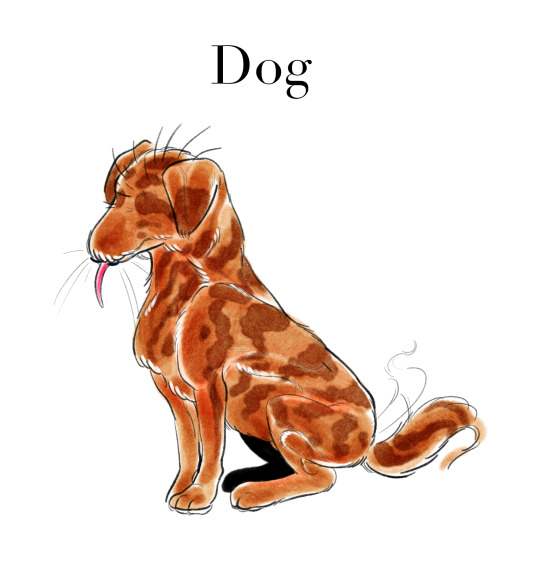
#xenobiology#alien species#spec bio#spec evo#speculative biology#speculative evolution#speculative ecology#speculative fiction#artists on tumblr#speculative worldbuilding#land of borease
900 notes
·
View notes
Text
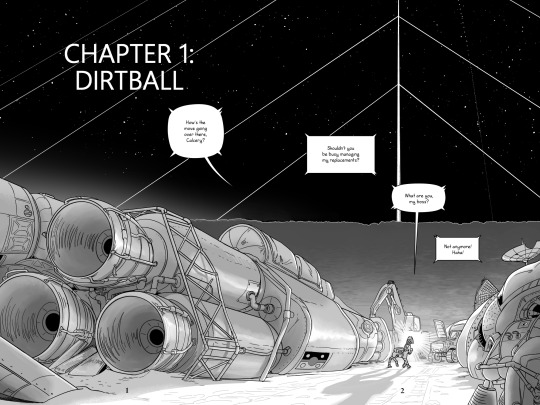


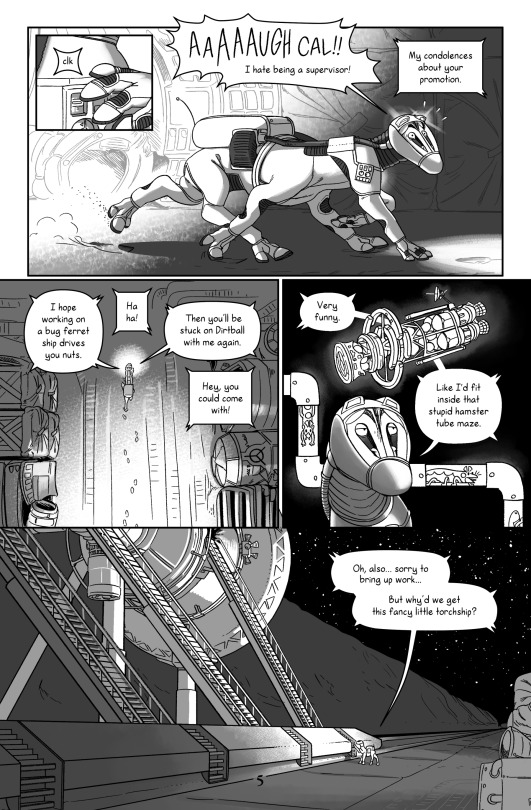
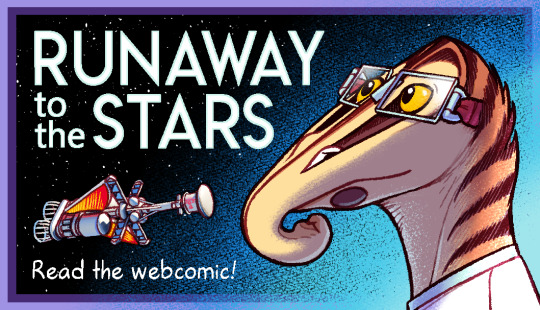
I finally (got help) slapping Wordpress into shape and Runaway to the Stars is now releasing as a public webcomic! Thank you so much for your support over the years, and sticking with me while I'm slowly chewing my way through this book. I'm very excited to share this story! It'll be updating every Tuesday, Thursday, and Saturday thanks to the massive Patreon backlog. Patreon will continue to update as I finish pages, which happens on a sporadic non-schedule.
If you experience bugs with the site report them to me. Some things may occasionally break, as coding problems tend to be a very "whack-a-mole" affair; and I'm still getting used to the interface.
#jayart#comic#webcomic#runaway to the stars#talita#aliens#speculative biology#spec bio#speculative evolution#spec evo#science fiction#scifi#hard scifi#uhhhh i can't think of anymore engagement tags#I'm terrible at advertising things#show your friends! show your dad! show your dog!
6K notes
·
View notes
Text

handses and feetses redesign
without text
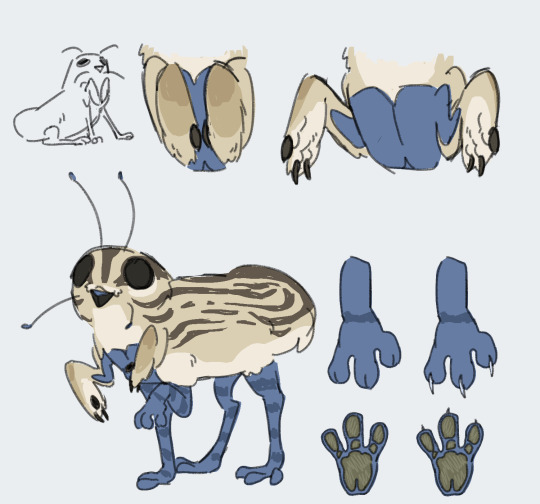
#ensthir#spec bio#spec evo#speculative biology#speculative evolution#speculative zoology#original species#alien species#sophont
1K notes
·
View notes
Text

Common Fauna of Miramar (aka the endpapers for our book, MIRAMAR, a full color graphic novella which is NOW up for pre-order here! You too could clutch a copy in your paws by week after next (give or take)

(A view of the planet itself!)
Also if you'd like to read 75% of the story itself, take a look on webtoons here
#simon roy#comics#stefan tosheff#miramar#sciencefiction#kickstarter#speculative biology#alien species#speculative zoology#specbio#speculative evolution#spec evo
617 notes
·
View notes
Text
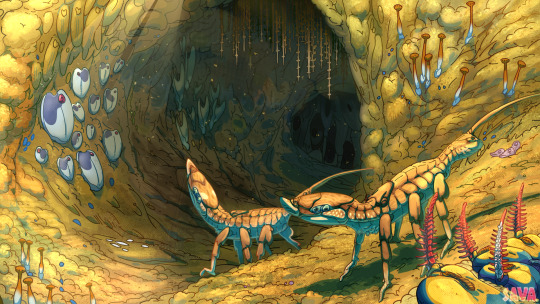
Sinedenian organic cave
Descending a steep slope, a pair of Skritniks stumble upon an open plant cave in the upper layers of foam grass. A musty, slightly sweet, putrid-smelling air slowly emanates from inside the cave, attracting their attention. These omnivorous varmints (family negadiadae) are not averse to feasting on a scattering of parasitic plants on the walls and floor of the cave; not many animals are able to digest such parasites, whose bodies are saturated with putrefactive poisons, but some especially aportunistic species, such as skritniks, are adapted to feeding on even such a desperate snack. Despite their poisons and hard shell, the bodies of paraphytes are rich in sugars and other delicacies so desired by hungry pranksters. But they still explore the area with caution before entering the cave, which may harbor dangers far greater than indigestion.
#missionsinedey#worldbuilding#original character#speculative evolution#creature design#spec evo#biology
735 notes
·
View notes
Text
Alien Questionnaire - A Biological Perspective
A while ago, somebody linked me a very comprehensive worldbuilding questionnaire. For most aspects of a fictional society, it was great, but I noticed it assumed that anyone using it was making up a fictional human society, or at least a society of beings very similar to humans. As such, there was almost nothing in the biology department, which to me is one of the best parts! Thus, this questionnaire was born.
These questions are designed to help people worldbuild from a biological foundation. As such, the questionnaire only touches lightly on other aspects of a fictional society, and is more of a jumping off point. I wrote it with the aim of using it to develop aliens, but it should be suitable for any project with non-humanoid species, such as sapient terrestrial animals.
Have fun! I'd love to see your answers :)
------------------------------------------------------------------------------
General Anatomy
How many limbs do they have? Do they have limbs at all?
What are their primary manipulators? Where are they located? How does this affect their tool use, building ability, etc?
What kind of body covering do they have, e.g. hair, scales, feathers? How do they clean it? Do they shed this covering constantly, or all at once at certain times?
Can they maintain a constant body temperature? If not, how do they deal with changing environmental temperatures?
What kind of habitat do they live in? Both specific habitat, and broader such as on land vs in water.
What adaptations do they have for living in this habitat?
What kind of creature did they evolve from?
What are the similarities and differences to their closest living relatives?
What resource(s) is the most necessary and urgent for them? E.g. for many animals, but not all, it’s water.
What are some common mutations? E.g. eye colours, ability to digest lactose in humans.
What injuries or illnesses are considered disabling?
How is their healing ability? Can they regenerate? If they can, is that limited to certain body parts or a certain number of times?
Senses
What senses do they have? E.g. sight, smell, electroreception, etc.
How good are those senses?
Which of their sense/s do they use the most in everyday life?
How might this choice of sense impact the way they interact with the world?
Can they detect things that Earth creatures cannot? If yes, how and why?
Movement
How do they move? Do they walk, crawl, fly, etc?
If they have multiple modes of movement, which is preferred, and why?
Which part/s of their body do they use to move?
What is their speed and endurance like?
How agile are they?
Do they rely mainly on their own bodies for travel, or do they use pack animals and machines?
How often do they move around? Are they mainly sedentary, do they move a lot within a set area, do they migrate, etc?
Do they have different levels of mobility depending on age, sex, or other biological group? E.g. young barnacles are able to swim, while adults are anchored permanently to a surface.
Reproduction and Lifecycle
How many sexes are there?
Are there differences between the sexes (ignoring the reproductive system)?
Are there different castes, such as in honeybees or naked mole rats? If so, what is the function of each caste?
Are differences in sex or caste used to justify discrimination or hierarchy? How might these ideas differ in different populations?
Do they have a concept of gender? If so, is gender affected by sex, caste, or some other factor?
How do they attract a mate? Do they release a chemical into the air, do an elaborate display, etc?
Does one individual try to actively woo another, or is courtship more mutual?
What do they find attractive in members of the same species?
What is the usual reproductive partnership? E.g. two individuals, one main reproducing individual with a harem, no set partner, etc.
How long do they live?
How are young brought into the world? Live birth, eggs, spores, etc?
Is producing young a painful, dangerous process, or is it easy?
How much parental investment is there? Are there many young with little investment, or few young with a lot of investment (r vs K strategy)? Or is it somewhere in the middle?
How many offspring are produced at a time? Think about how attitudes towards children may differ between a species that produces one or two, and a species that produces dozens or even hundreds at a time.
How do they grow? Are they born looking like miniature adults, gradually growing bigger? Do they have specific phases of high growth, like puberty? Do they have a larval phase, metamorphosis?
How self-sufficient are they as young? Can they move around and feed themselves as soon as they are born? Do they require parental care?
What is the usual structure of childcare? Single or multiple parents/related individuals? Communally raised?
Is sex purely for reproduction, or does it serve other purposes?
What kind of sexuality is considered the norm? This doesn’t just refer to same/other sex pairings, but the culture around sex in general.
Diet and Foodchain
What is their diet? Are they carnivores, omnivores, frugivores, insectivores, etc?
Do they feed off an unusual source, for example rocks, metals, or (in appropriate settings) something like magic or souls?
What physical adaptations do they have for this diet?
Is their diet very restricted, or can they have a wide range of foods?
How often do they eat? What is the culture around mealtimes, if any?
Are they prey for other organisms? For each other?
If they are, how do they deal with it? Do they fight back, have barriers, or do they accept it as a part of life?
If they are hunters themselves, what is their attitude to killing other organisms? Are they respectful? Prideful of their kill? Is it completely trivial?
If they are hunters, how do they hunt? Are they solitary or packhunters? Are certain members of the group designated to hunt?
Are the results of foraging or hunting shared, or is it everyone for themself?
Are they parasitic, parasitised, or in a symbiotic relationship with any other organisms?
Body Rhythms
How often do they sleep?
What time of the day are they most active? Are they nocturnal, diurnal, crepuscular?
Do they generally sleep for one long period a day, multiple shorter periods throughout, or something in between?
Do they sleep to cope with extreme temperatures or bad conditions, i.e. hibernate or aestivate?
Do they have any biological processes that disrupt their life e.g. moulting, reproductive cycles, etc?
If yes, how does their society accommodate for these processes? Does it accommodate them at all?
Communication
What is their main method of communication? Sound, visuals, scent, etc? Think about their main sense and how this would affect communication.
What is their body language like? What small moving parts might aid their body language?
If they have multiple methods of communication, are they all given equal weight, or is one considered higher than others?
Society
How sociable are they?
If social, what is the usual social structure?
Are there hierarchies? How strict or relaxed are the roles?
How are disputes usually settled? Is it more common to be violent or appease the other party?
If not social, what is the reaction to being with other individuals? Do they become aggressive or stressed? Do they tolerate each other?
What is the usual size of a community? Do they have communities at all?
Do they have an in-group vs out-group mentality? If so, how strong is it? This generally relates to how scarce or plentiful resources were during their evolution, and how territorial their ancestors were.
What kind of bonds do they form?
On the spectrum of individualistic to community-oriented, where do they fall?
Do they have a strong sense of personal identity? Think about how this might tie in with the previous question.
What are the main things they derive identity from? Occupation, gender, family ties, etc?
Do they have names? If yes, how are these names formed? Are they given by another party or chosen by the individual?
Have they domesticated any creatures? If so, what do they use these creatures for?
Do they have any unusual relationships with other creatures on their planet (beyond predation, parasitism or mutualism)?
Do they produce art? What are their main forms of artistic expression? Think about how this will be linked to their main sense(s), communication method, and/or primary manipulators.
------------------------------------------------------------------------------
GLOSSARY
Primary manipulator: Main body part used to manipulate objects, e.g. hands in humans, trunks in elephants, feet in parrots.
Sedentary: Inactive, staying in the same place.
Caste (reproductive): A group within a species with differences in body type and reproductive ability.
Symbiosis/Mutualism: Interactions where both parties benefit, e.g. cleaner fish getting a meal in exchange for picking irritating parasites off larger fish.
Aestivate: To become inactive during hot or dry periods, usually involving being sealed in mucus or soil e.g. lungfish, snails.
Reproductive cycle: Regular hormone fluctuations that affect an animal’s fertility or attitude towards breeding. The cycles can range from months to years and can include things such as antler growth in male deer, heat cycles, and menstruation in humans.
#worldbuilding#biology#zoology#speculative evolution#speculative biology#spec evo#spec bio#alien#questionnaire#xenobiology
2K notes
·
View notes